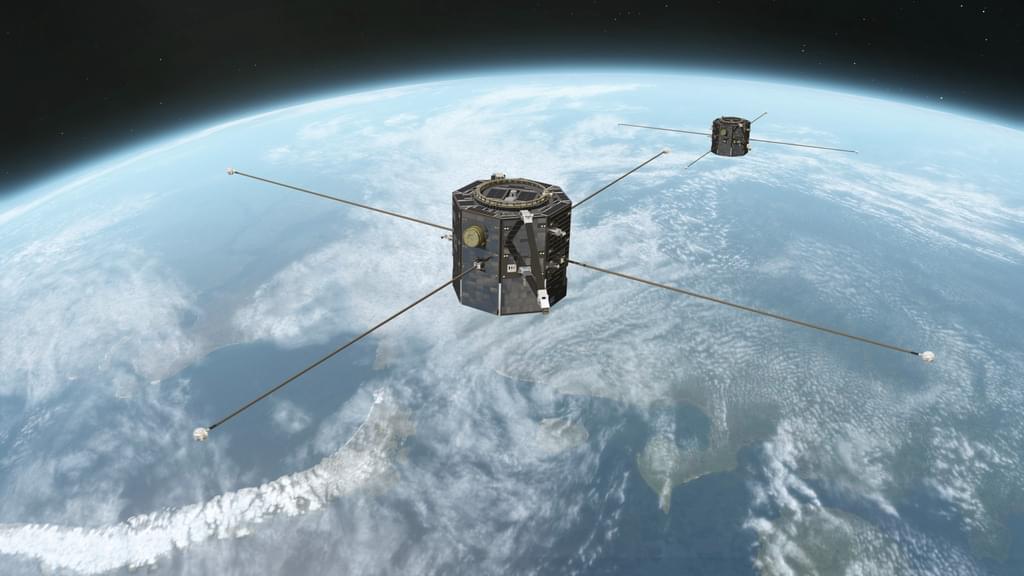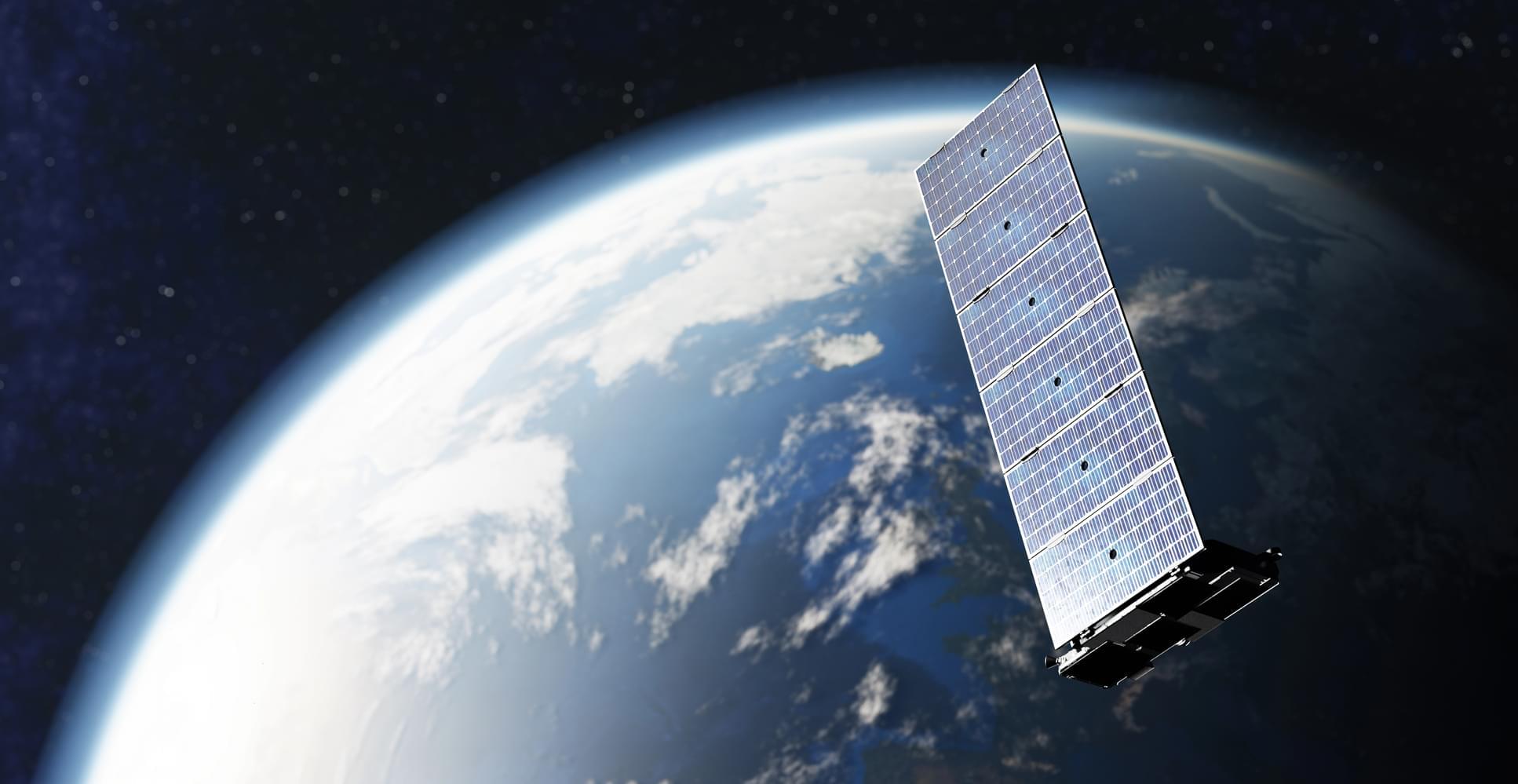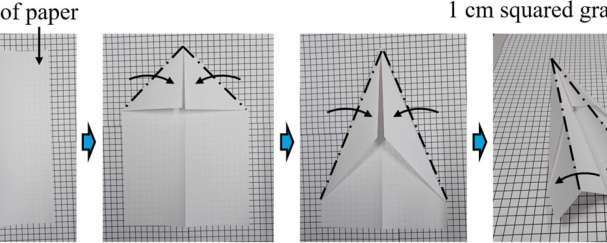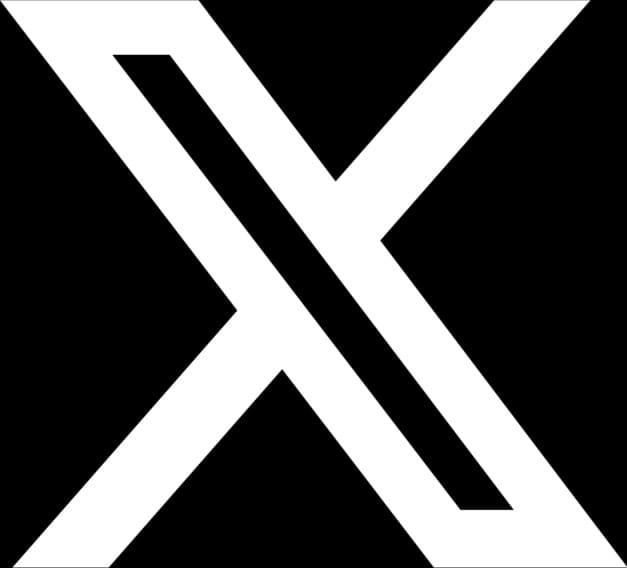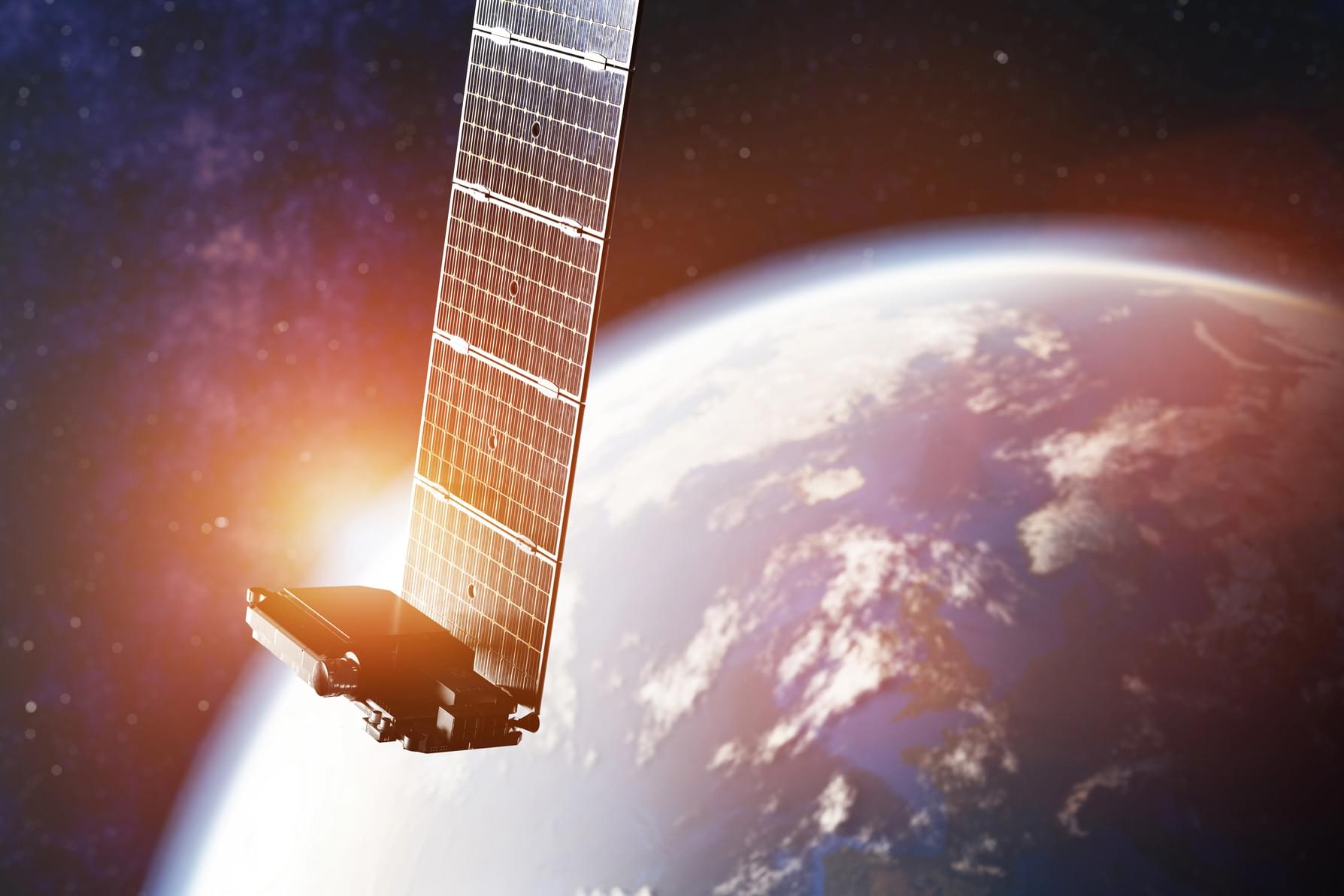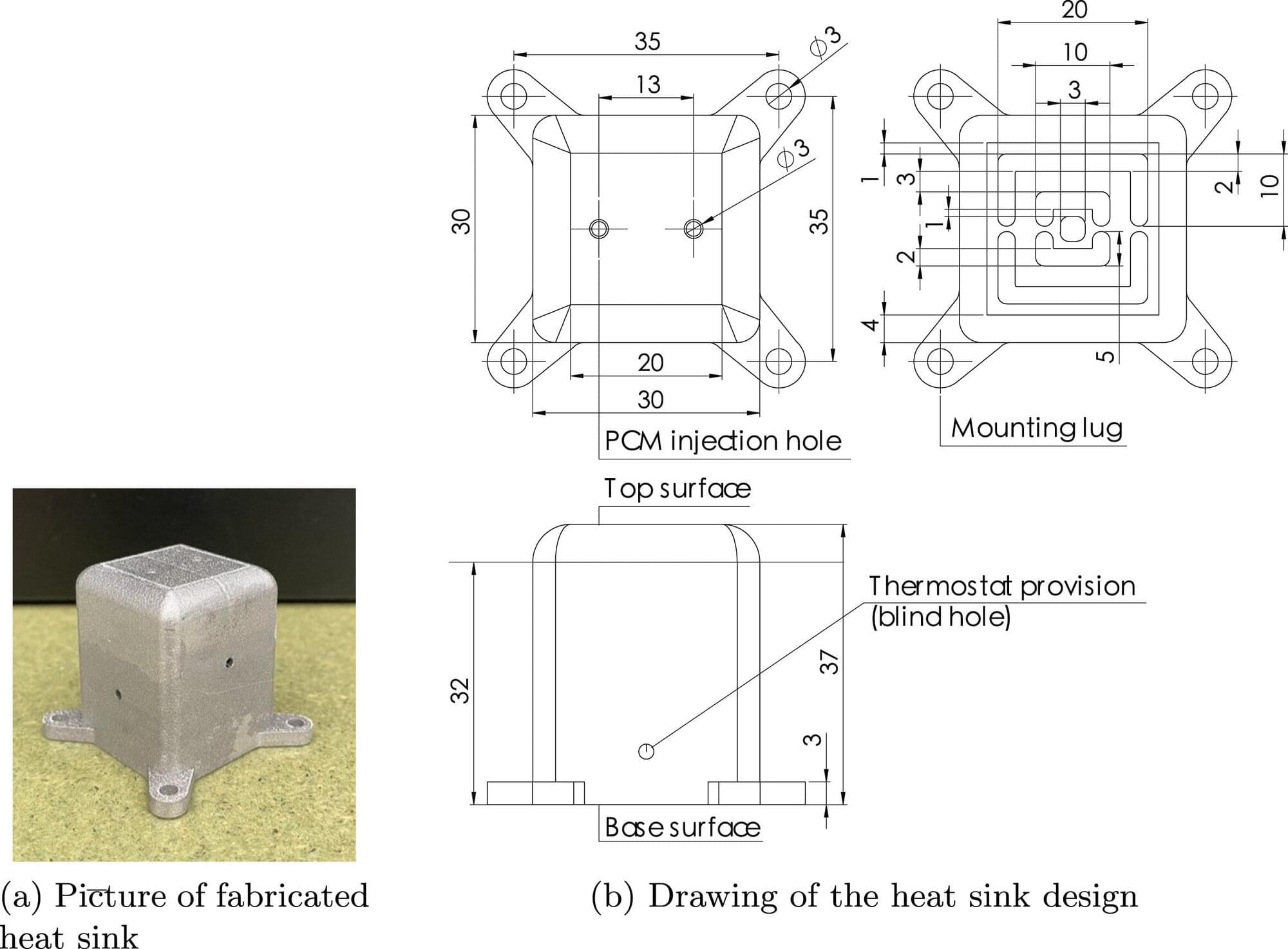Amazon is hoping to get a good rhythm going with the launch and deployment of Project Kuiper, its 3,232-satellite internet constellation, which began operational flights in April. The tech giant said on Thursday that its nearly $140 million investment in Florida is a cornerstone to making that happen.
While shown in the background of photos and hinted at in other public relations materials during its first three launch campaigns, Amazon confirmed on July 24 that its payload processing facility (PPF) at the Kennedy Space Center (KSC) entered service back in April in time to support its first operational launch on a United Launch Alliance (ULA) Atlas 5 rocket.
“There is no better place than Florida’s Space Coast to fulfill Kuiper’s promise to bring broadband to unserved and underserved across the nation and world,” said Brian Huseman, Amazon’s vice president for public policy and community engagement, in a statement. “We are proud to make investments in Florida that will impact the local community and ultimately our customers. We look forward to our long-term partnership with Space Florida, NASA, Space Force, and state and local officials, as well as our launch providers and community partners.”

